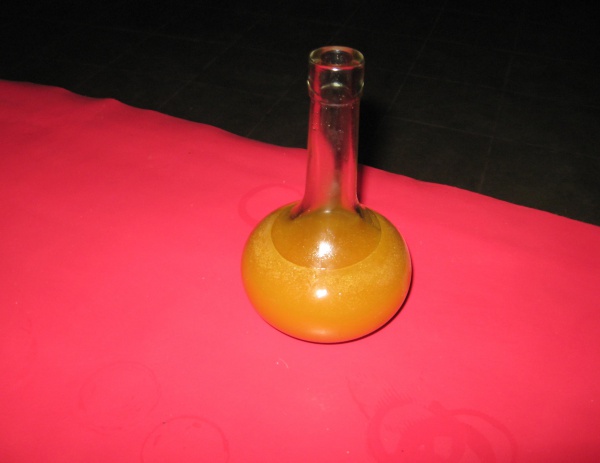Facts About Mead
Mead is a delightful alcoholic beverage crafted by fermenting honey with water. Often, fruits, spices, grains, or hops are added to enhance its flavor. The alcohol content can vary significantly, from a mild 3.5% to a potent 18% or more. The honey imparts both sweetness and fermentable sugars. Mead can be still, carbonated, or naturally sparkling, and it ranges from dry to very sweet.
Mead boasts a rich history and has been cherished by numerous cultures worldwide. It features prominently in Norse mythology as well as ancient Greek and Roman texts. Often referred to as "honey-wine" some cultures distinguish between the two. After experiencing a decline due to taxation and regulations, mead is now enjoying a resurgence in popularity.
The process of making mead is akin to that of wine-making. It involves using specific yeast strains, monitoring the specific gravity, and employing techniques like racking to clarify the liquid. The taste and style of mead can vary widely depending on the type of honey used, any additional ingredients, the strain of yeast, and the length of aging. There are also faux-meads, which are essentially wines with honey added after fermentation.
Different regions have their unique versions of mead. For example, in Finland, it's called sima; in Ethiopia, tej; and in South Africa, iQhilika. In Poland, mead has been a culinary staple for over a thousand years. In the United States, mead-making is experiencing a revival, with numerous small meaderies emerging and gaining a following.
There are many types of mead, including acerglyn, braggot, cyser, melomel, and pyment, each offering unique flavors and characteristics. Whether enjoyed as a dessert wine or a sparkling beverage, mead offers something for every palate. It has even found its way into popular literature, appearing in works by J.K. Rowling, J.R.R. Tolkien, and Neil Gaiman, often linked with myths and historical narratives.

 Norway
Norway